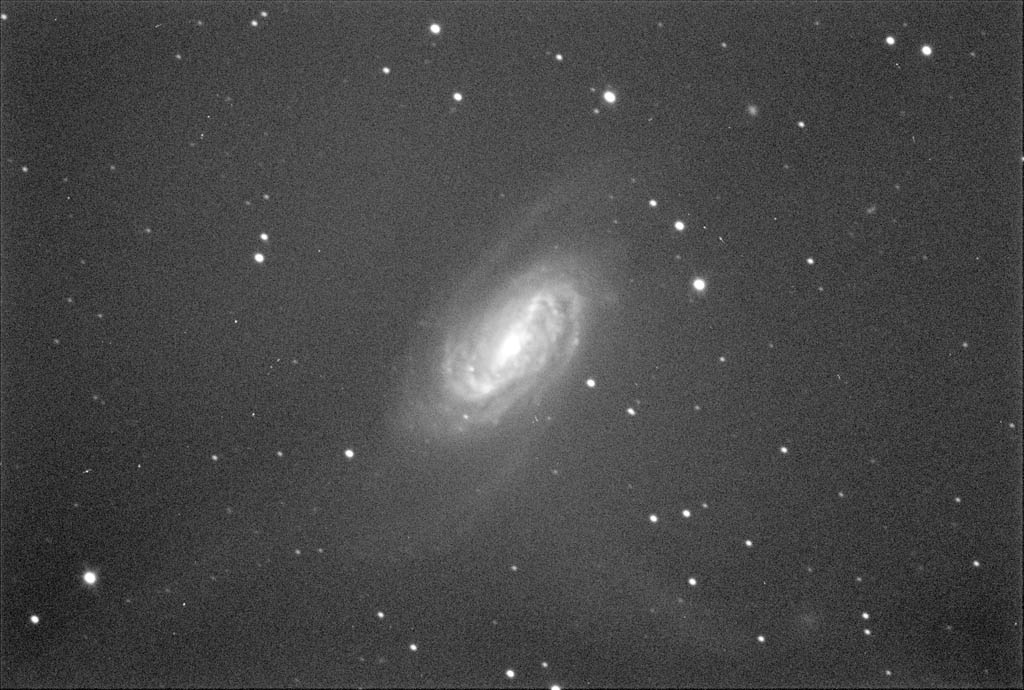
Cal Poly 18 Bulletin 10
2012-05-08: The Rain Relents
As reported in Cal Poly Bulletin 09, on the evening of March 7, the Cal Poly saw first light at Lyons. Then it rained and rained and rained. In addition, the altitude motor got flakey and stopped working. Using a remote desktop program, Dan attempted to diagnose the problem using Brushless Servo Config, and concluded it might be board problem. A few days later, Dan drove down to Lyons, swapped in a new board (the old board was an "unmodded" older version) and added 0.2 ohms resistance to each winding phase. That fixed the motor problem, but not the rain problem.
While the telescope was "down" for the motor and rain, I was working the Cal Poly's suspiciously soft images problem. Because it is easier to check a secondary than a primary, I removed it and tested it against an excellent 150mm sphere with a radius of 790mm—and found the secondary to be not quite flat. I remounted it to place less stress on it during temperature changes. I am still suspicious that the primary does not allow the primary to "float" longitudinally. I have discussed how the primary should be mounted with Tong Liu of Hubble Optics via email and in person at NEAF. He recommends a sling, and I examined the cell of the telescope he was showing at NEAF.
In the interim, we had a few partially clear nights. After restoring the secondary mirror to the telescope, I was able to examine the image with a 10mm Radian eyepiece. On one night in mid-April, Mars showed visible surface detail, but star images looked funky. My recently, however, I examined images of both Mars and Regulus, and despite quite bad seeing, detected minor astigmatism. However, Ronchi bands appear straight even with two or three on the surface, and the mirror appears to null fairly well. When time permits, I will remove the primary and its cell, carry out a series of upgrades and maintainance tasks, and test the primary on an optical bench.
The Rain Relents
This Bulletin reports on the evenings of May 6, 7, and 8. The rain stopped, the sun came out, the grass got mowed, the alpacas got vaccinated, and images got taken.
A significant change is that I obtained three rolls of 0.016-inch opaque black plastic, and fashioned from it a cylindrical tube 20-inches diameter inside the struts. I also added a sheet of black foamcore behind the primary. These additions block most of the stray light that has plagued the Cal Poly's images during our early test sessions.
All of the original images are 2184 x 1510 pixels, reduced to 1024 pixels wide (47%), showing 23.6 x 15.9 arcminutes field of view.
May 6, 2012
By late afternoon it looked like the sky was going to hold. And it did!

Here is NGC 2903. This is the first image I made after running a new 23-star model with an r.m.s. pointing error of 2.9 arcseconds. This an most of the images that follow are 300-second exposures. The star images are a bit sloppy. I don't know whether this is a tracking error or non-round images from the optics. I traced the background "glows" to a light left on in the kitchen of our house.
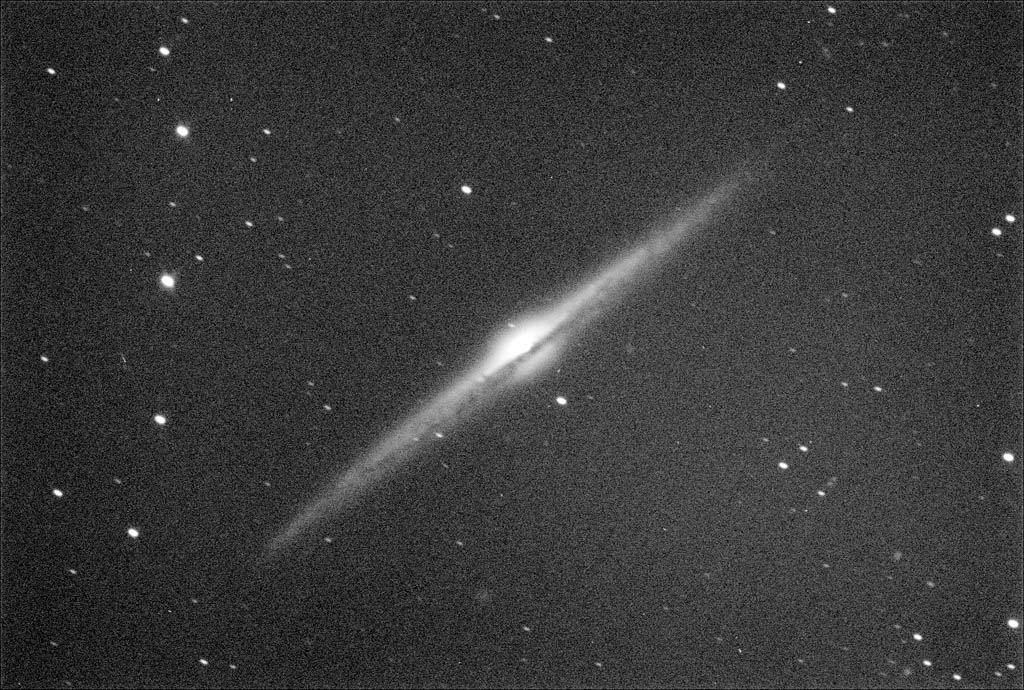
NGC4565 is my favorite galaxy of all time. Tracking in this image is not great.
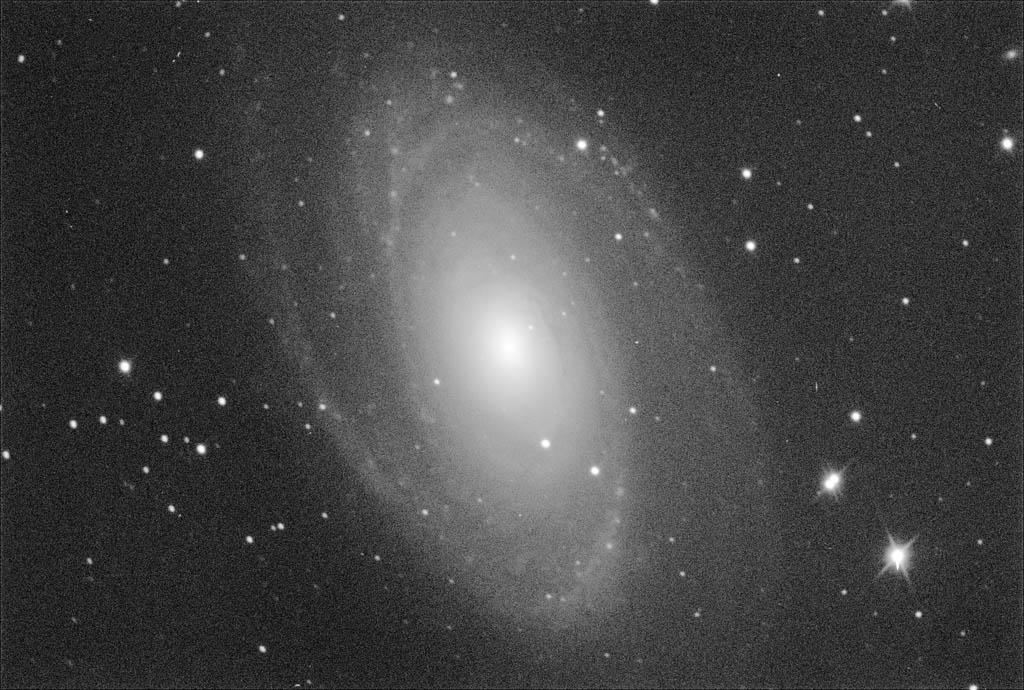
M81. Nice shot but with a bit of image rotation.
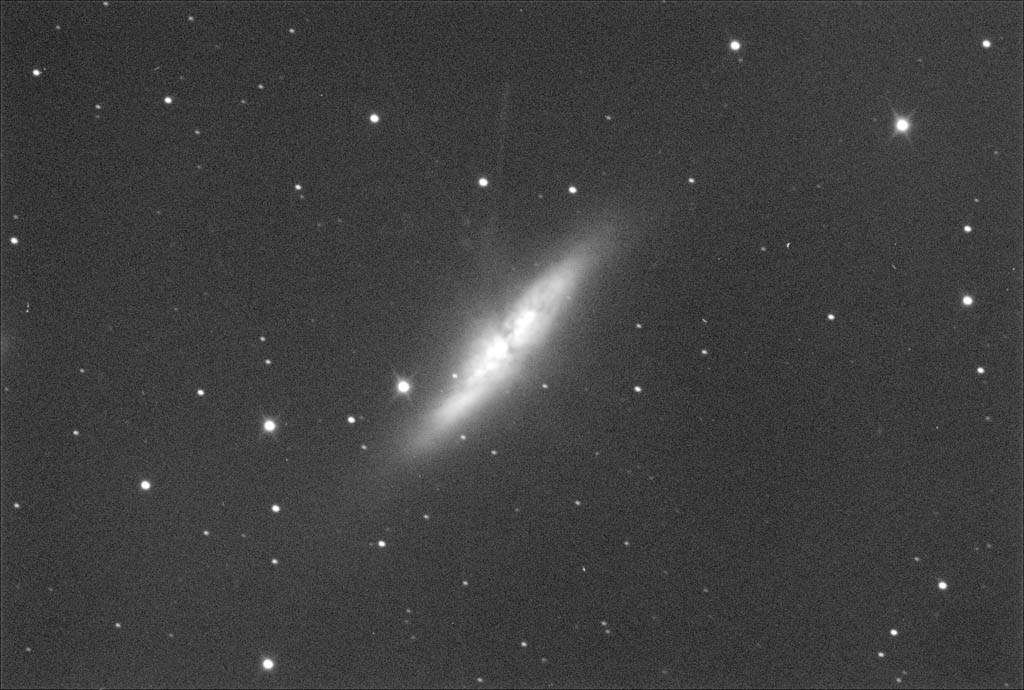
M82, right next to M81, now shows round stars.
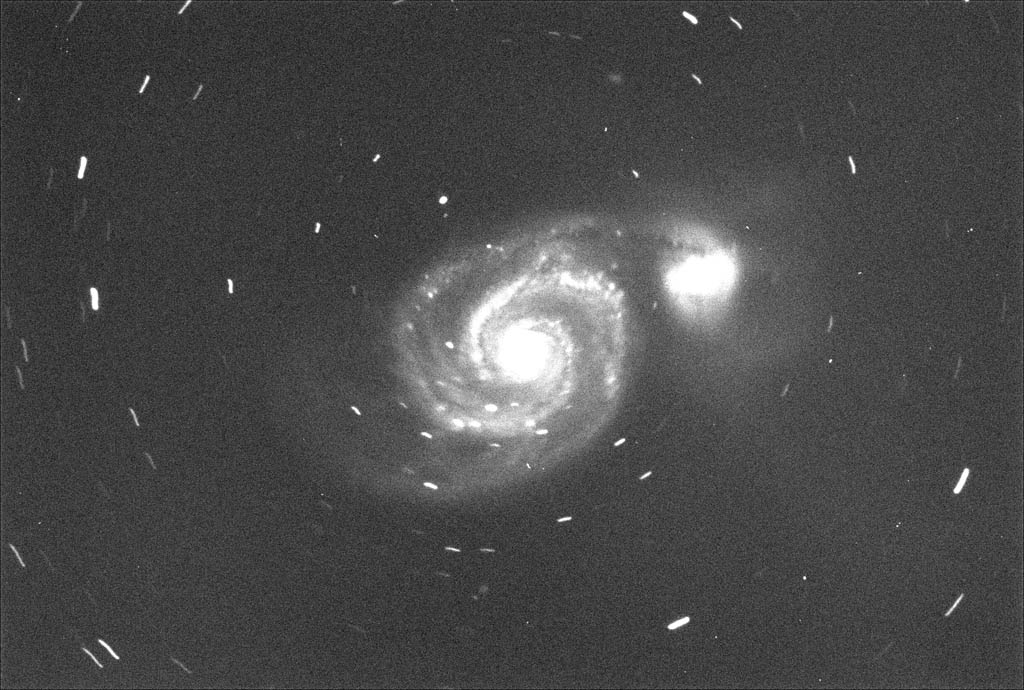
What does the focus rotator/derotator do? I turned it off when I made this 300-second image. Because M51 was quite near the zenith, the field rotates around the aim point.
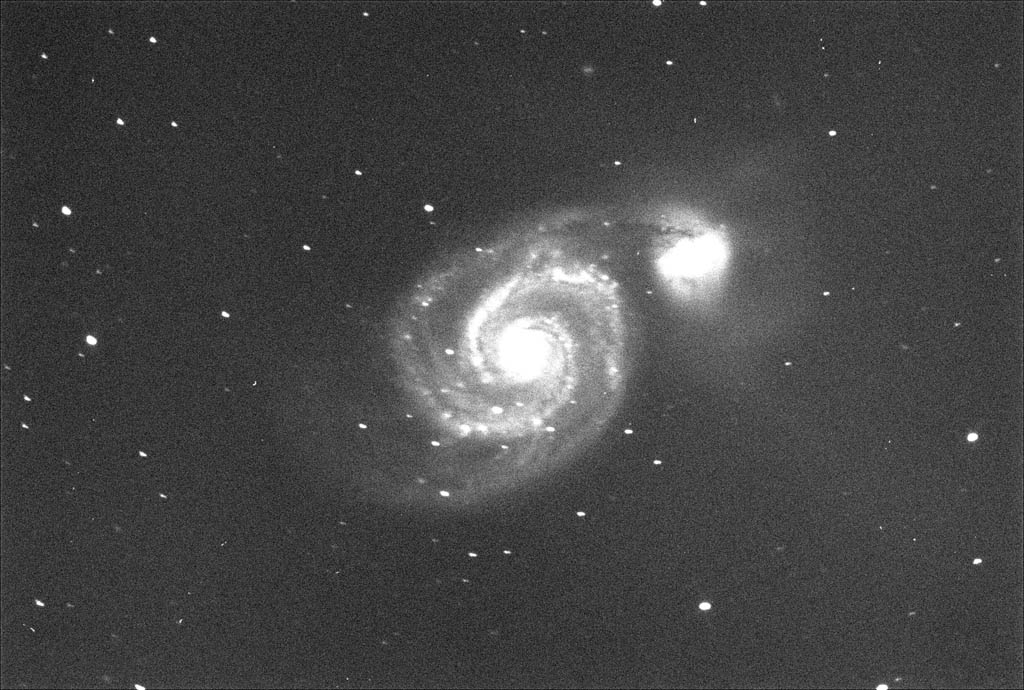
For this one, the field rotator/derotator was turned on for this 300-second exposure. Although not perfect, M51 is no longer spinning.
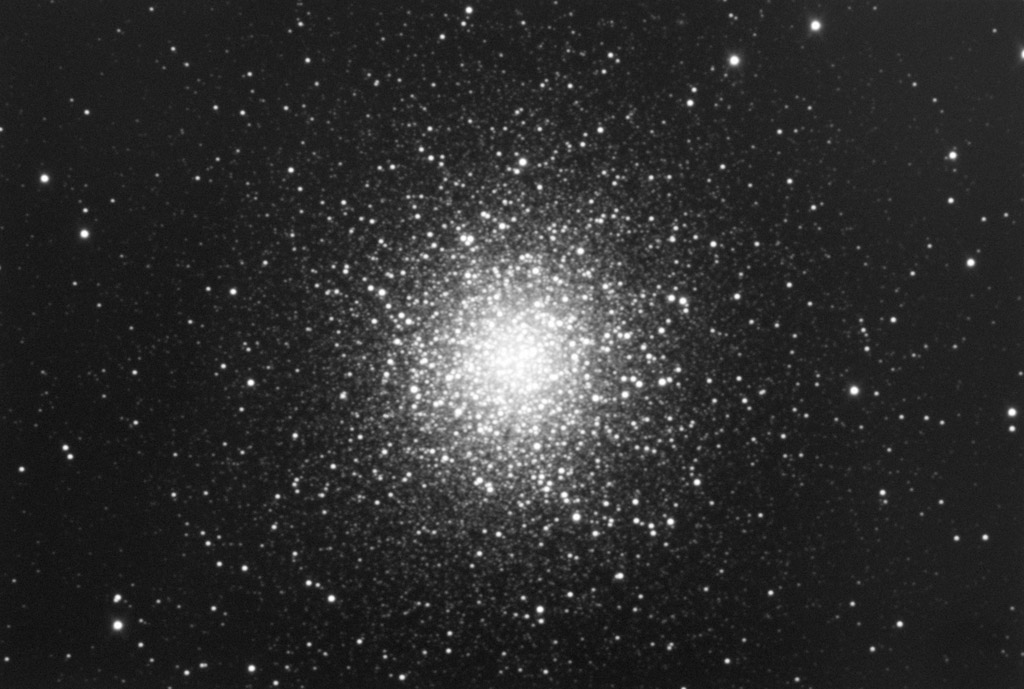
Here's a nice deep image of M13. This was made from nine 300s exposures. Field derotation seems to have been working perfectly, even though M13 passes nearly straight overhead. The mirror was resting on its back against the flotation cell, the stars had stopped twinkling and the air was steady, and I ran the autofocus routine right before shooting the exposures.
May 7, 2012
The sky was fairly bad with high cirrus, but if it was clear at all, I wasn't going to waste the night. With the rising Moon and all, I could see down to second magnitude stars.

M65 is right close by in Leo. This is a stack of three 300s images. The background blob comes from a light left on in the kitchen.
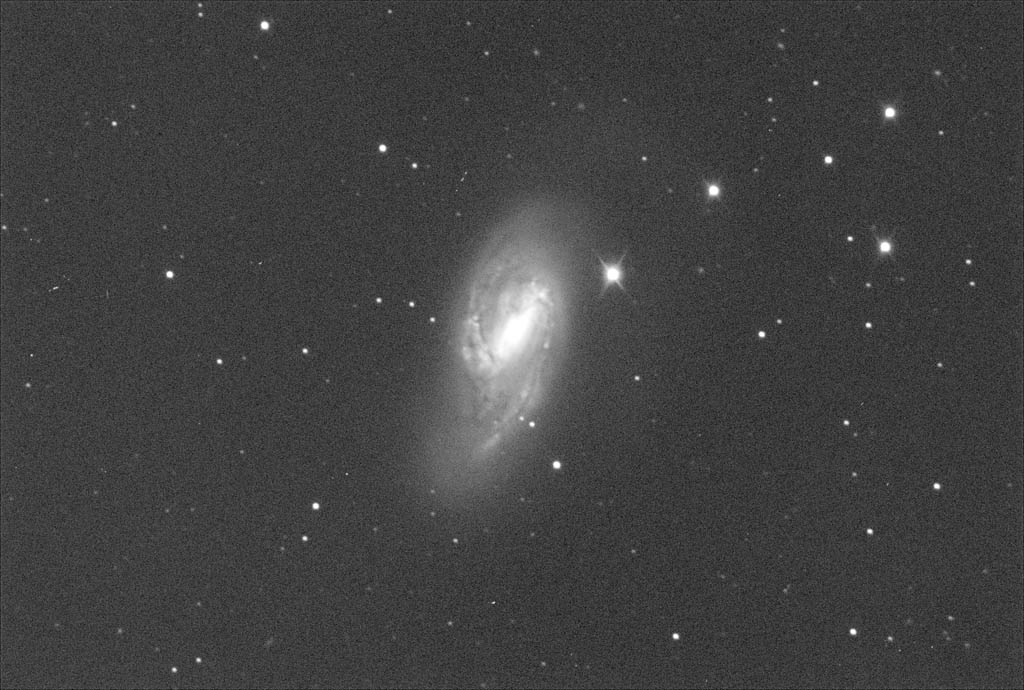
M66 looks a lot like NGC2903. In this image, the star images are small and round.
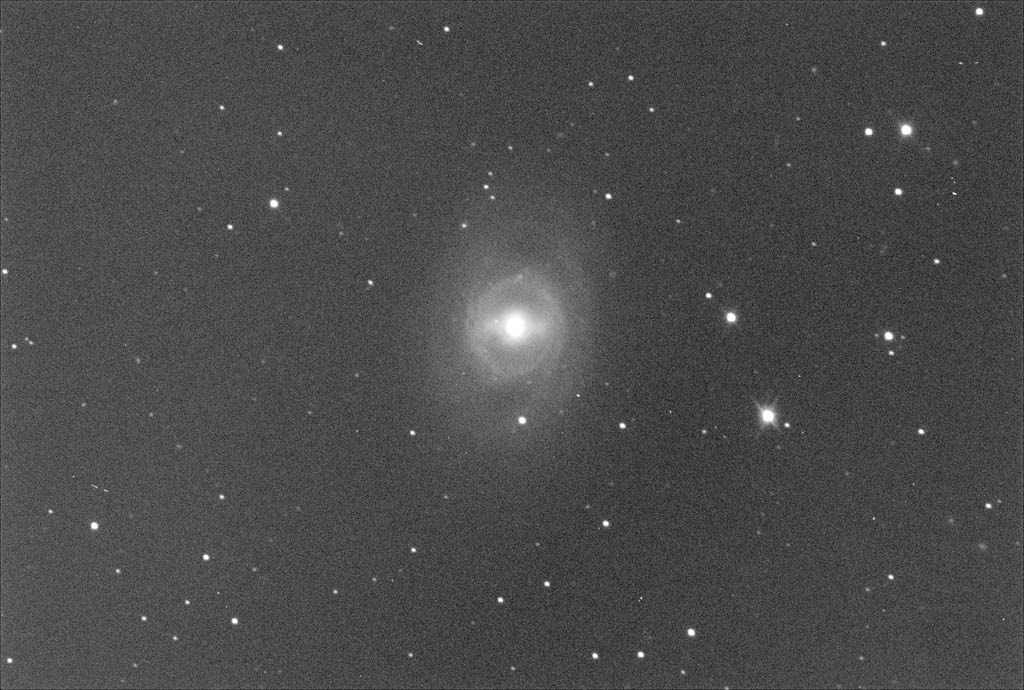
M95 with its recent supernova.

M97, the Owl Nebula, plus some little background galaxies.
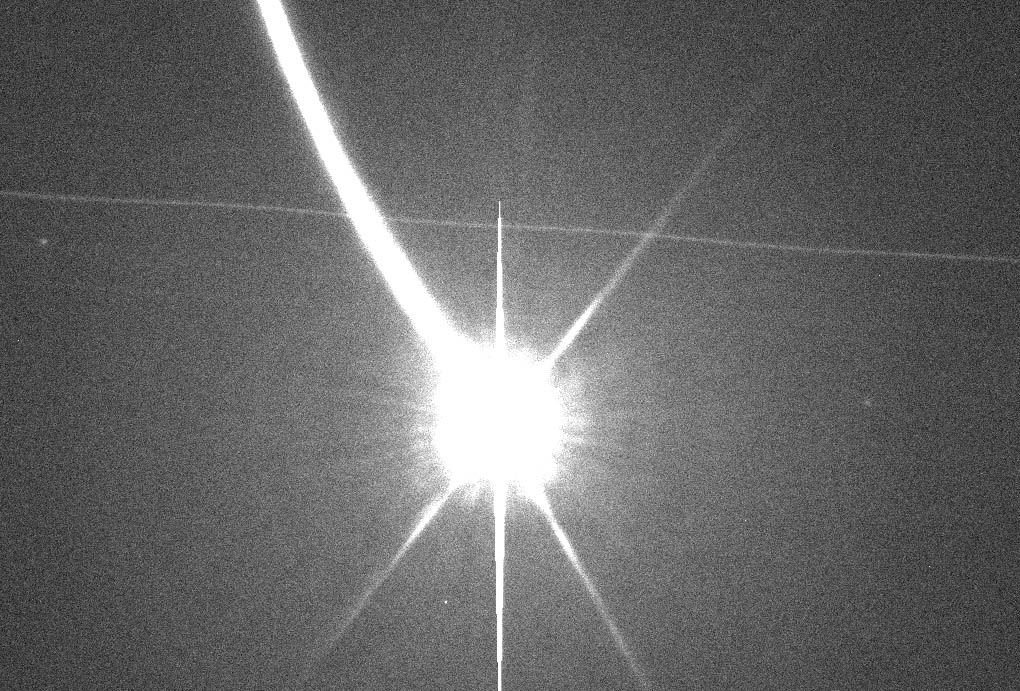
This is a 10-second exposure that I began with a bright star in the field and immediately slewed the telescope away. The Cal Poly accelerates to 30 degrees per second during a slew. This image is cropped at 100% from the original, and is 11.08 arcminutes wide.

This is another 10-second exposure showing the end of a long slew. This image is cropped at 100% from the original, and is 11.08 arcminutes wide. The tracking leading to the bright star is overexposed, but you can see it making a small overshoot, loop-the-loop, and settling by the trail of the dimmer star.
May 8, 2012
Cloudy most of the day, but it cleared off reasonably well as darkness fell.
After setting up, I attempted to image Leo I and Leo II, but that became something of a diasaster because I did a lengthy sets of tests on a very bright star. This left a strong residual bulk image on the KAF-3200 CCD chip, and you simply can't have a bright, fuzzy star image smack in the middle of a very faint dwarf galaxy!
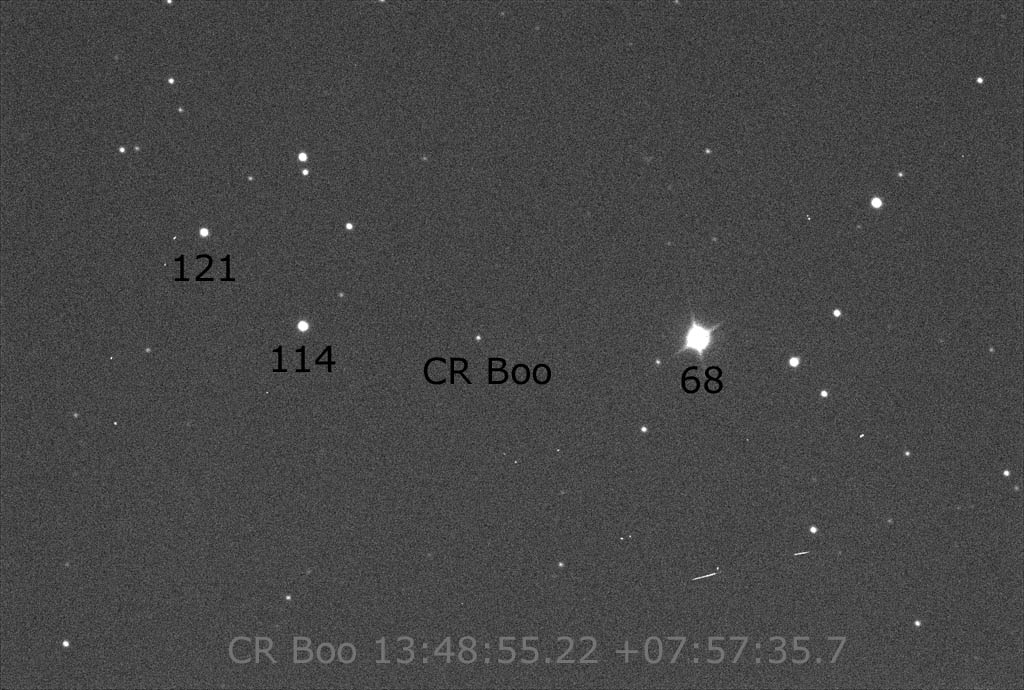
Well, enough of the pretty pictures! My plan was to sit on a interesting variable star for four to six hours. The cataclysmic variable CR Boo was a good candidate because it would rise above the trees not long after full darkness, and wouldn't pass too close the the zenith. So I set up on it, and five minutes later the clouds rolled in. Above is the first image in what was to have been a lengthy time series.
This is Cal Poly Bulletin 10
Main CalPoly Bulletin page or go back to Bulletin 09
Return to Richard Berry's Home Page